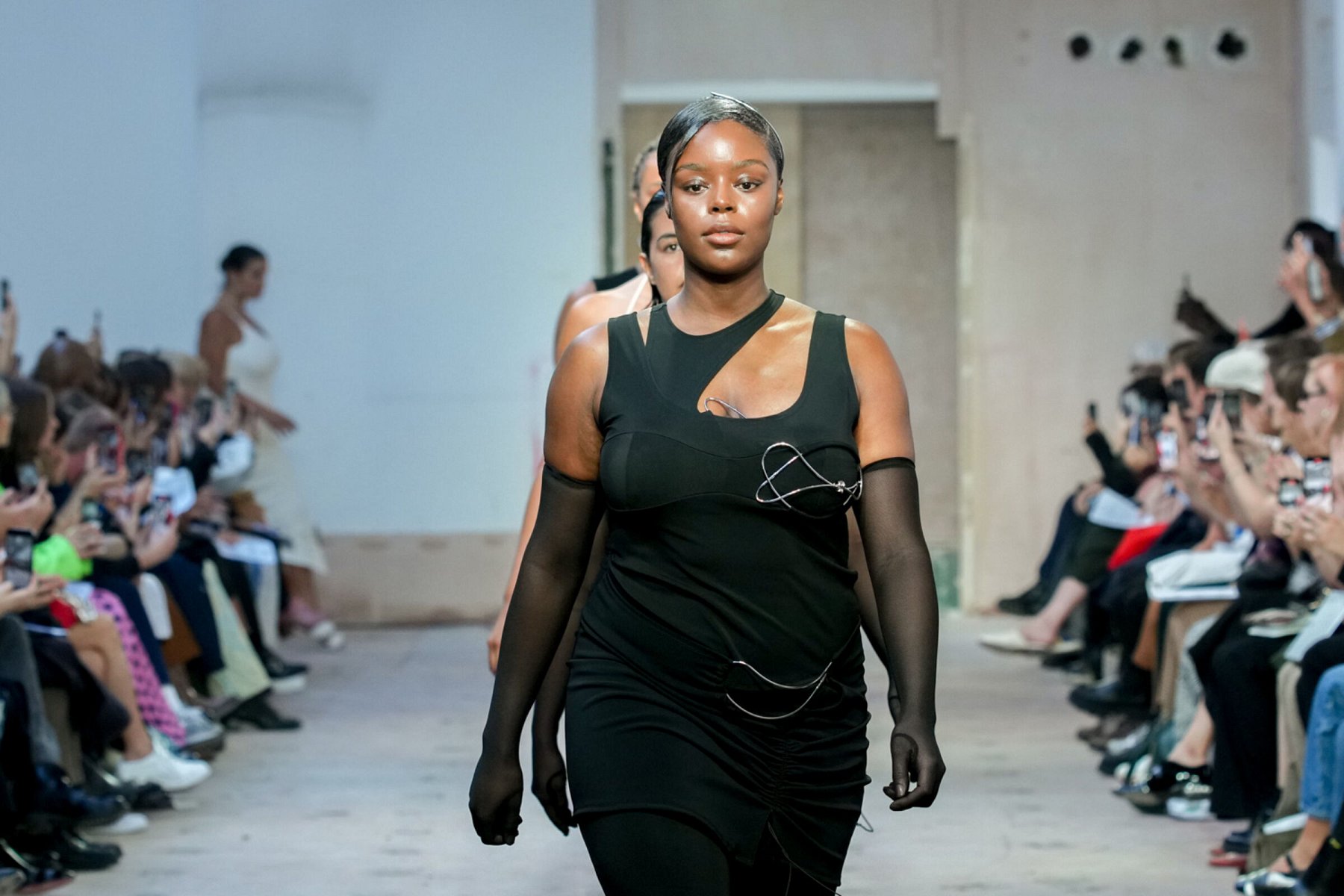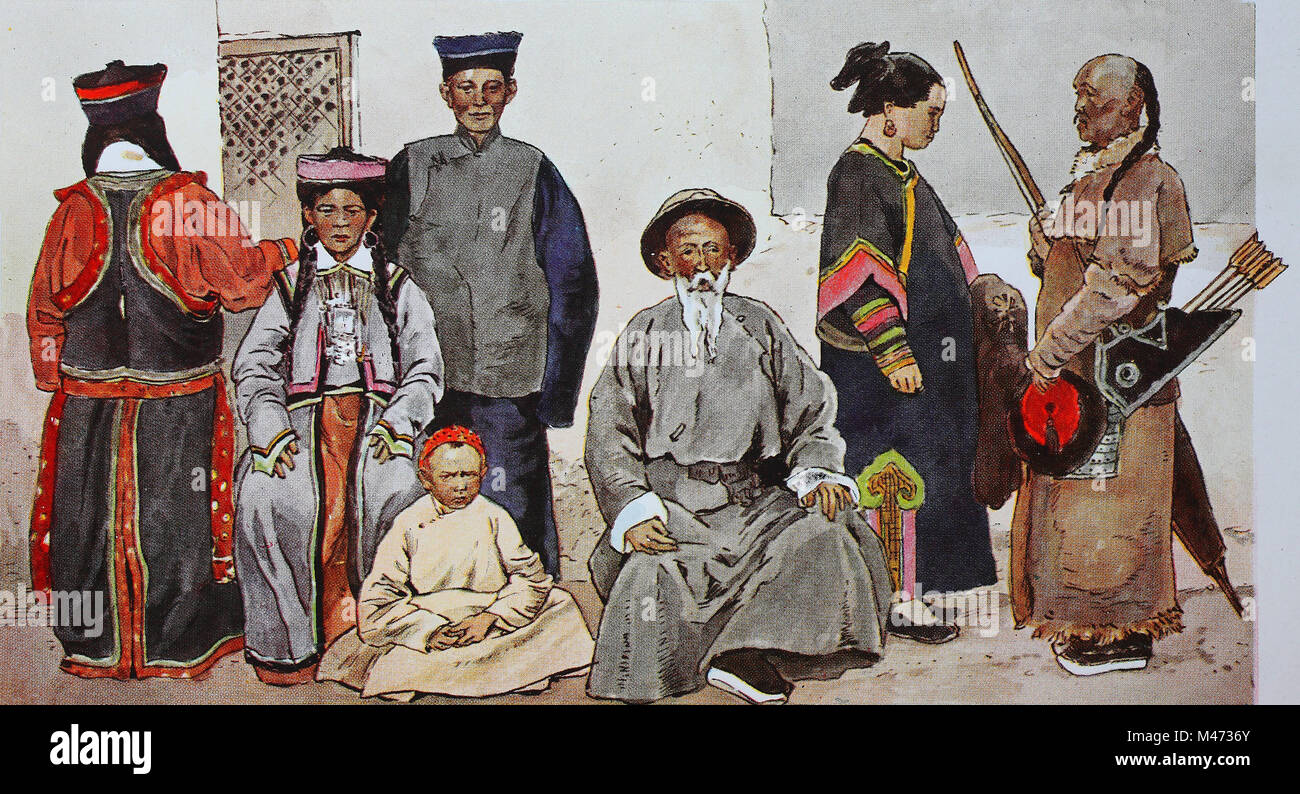Open the Secrets of Timeless Eastern Use
Exploring the enigmatic realm of ageless Eastern wear looks into a world where history, society, and artistry assemble to produce garments that go beyond plain textile and thread. The intricate tapestry of tradition intertwined with modern elements offers a look right into a world where every stitch narrates, every motif a sign of value. Unveiling the tricks behind these creations unveils a tapestry of heritage waiting to be deciphered, inviting one to trip through the aerial elegance and mystique of Eastern style.
Background of Eastern Fashion
The history of Eastern style days back centuries, showing the abundant social heritage and customs of varied areas throughout Asia. Each area boasts its distinct styles, materials, and layouts that have been affected by factors like environment, faith, social condition, and trade paths. eastern wear pakistan. The detailed silk garments of China represent beauty and sophistication, while the vibrant saris of India display a kaleidoscope of patterns and shades.
In Japan, the kimono has been a symbol of tradition and refinement for generations, with different designs worn for different events. The background of Eastern style is a tapestry of technology and tradition, blending ancient methods with modern-day influences to produce an ever-evolving and vibrant sector.
Importance of Standard Outfit
Typical clothing acts as a cultural symbol, embodying the values, beliefs, and heritage of areas in Eastern cultures. eastern wear pakistan. These garments are not just items of textile however are symbolic depictions of the abundant history and practices passed down with generations. In Eastern societies, standard clothing plays a significant role in events, events, and day-to-day life, reflecting the social status, regional affiliations, and also marital status of individuals
The significance of conventional attire exceeds visual appeals; it is a way for people to get in touch with their roots and express pride in their social identity. Each garment, from the elaborate sarees of India to the streaming hanboks of Korea, carries with it a narrative of workmanship, significance, and importance that is deeply deep-rooted in the fabric of culture.
Furthermore, traditional outfit functions as a visual language, connecting stories of victory, unity, and resilience. By putting on these garments, individuals not only honor their heritage yet additionally contribute to the preservation and party of their social tradition.
Evolution of Eastern Embroideries
Eastern needleworks have a rich background that extends centuries and have actually continuously evolved to include diverse cultural impacts and react to shifting imaginative fads. The advancement of Eastern embroideries can be traced back to old worlds where detailed styles were hand-stitched her response onto fabrics making use of conventional strategies.

Today, Eastern needleworks proceed to advance, blending standard workmanship with modern style perceptiveness to create ageless items that celebrate the charm of cultural variety and artistic technology.
Lavish Fabrics in Eastern Wear
Glamorous fabrics play a critical these details duty in elevating the visual charm and high quality of Eastern wear, enhancing the total appeal and sophistication of traditional garments. Eastern wear is renowned for its luxurious fabrics that not only show the region's rich cultural heritage however also signify style and poise.
In enhancement to silk, textiles like brocade, chiffon, and velvet are additionally frequently included in Eastern wear. These luxurious fabrics not only boost the visual charm of Eastern wear yet likewise guarantee a feeling of improvement and sophistication that goes beyond time.
Incorporating Eastern Fashion Today
In contemporary style landscapes, the combination of Eastern influences offers an unified blend of social heritage and modern visual appeals. Designers and fashion fanatics alike are embracing the abundant tapestry of Eastern style, integrating standard aspects right into modern shapes and designs. From complex needlework to lively shades and extravagant materials, Eastern fashion today uses a varied series of options that accommodate a global target market.
One way Eastern fashion is making its mark in modern wardrobes is via the adaptation of standard garments such as the bathrobe, saree, or qipao into daily wear. These pieces, when booked for unique top article celebrations, are now reimagined in even more laid-back kinds, permitting their unification right into everyday style selections. In addition, using conventional patterns and themes in Western-style apparel adds a touch of exotic sophistication to modern attire.

Final Thought
To conclude, discovering the abundant background, relevance, and evolution of Eastern fashion reveals a deep-rooted link to heritage and worths. The luxurious fabrics and detailed needleworks of Eastern use display the versatility and eternity of traditional layouts. Integrating Eastern affects in modern fashion permits a combination of custom and development, developing an unified equilibrium in between the past and the existing.
Lavish textiles play a pivotal role in boosting the aesthetic allure and high quality of Eastern wear, boosting the overall attraction and elegance of traditional garments. Developers and fashion lovers alike are welcoming the rich tapestry of Eastern style, including standard elements into modern-day silhouettes and styles. From complex embroidery to extravagant textiles and dynamic shades, Eastern style today provides a diverse array of alternatives that cater to an international audience.
One method Eastern style is making its mark in contemporary wardrobes is with the adjustment of conventional garments such as the robe, saree, or qipao right into day-to-day wear. The luxurious fabrics and detailed embroideries of Eastern wear showcase the versatility and eternity of standard designs.